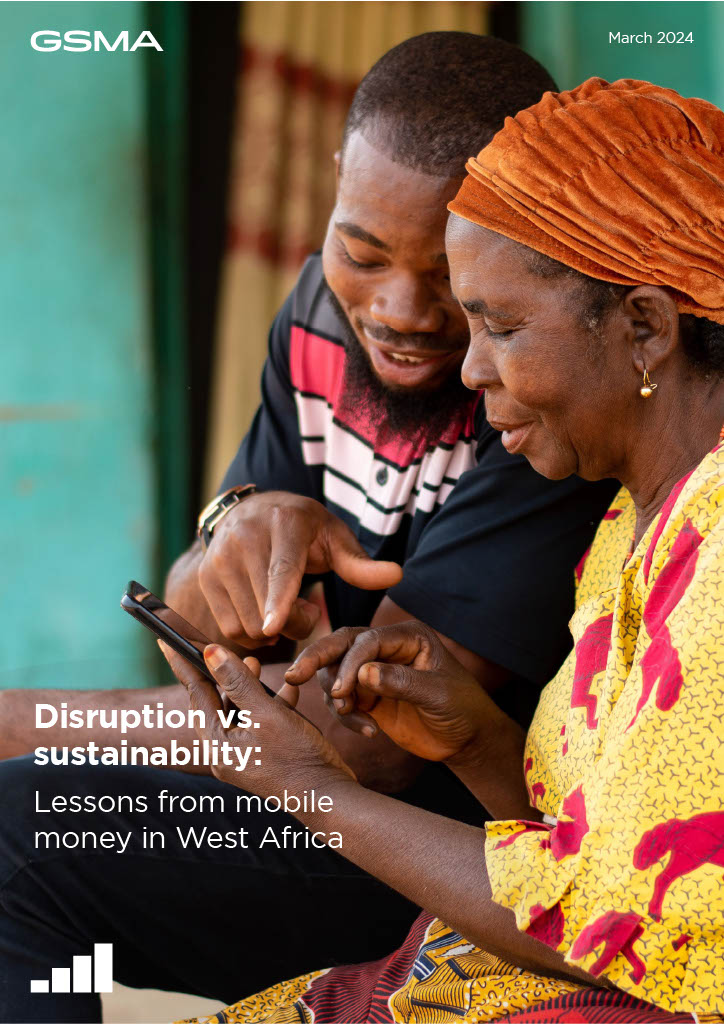In West Africa, mobile network operators (MNOs) have long disrupted the digital financial services landscape through mobile money services. Between 2021 and 2022, the number of active 30-day accounts increased by 30%, reaching a total of 76 million, the highest growth rate globally for that year. However, within the West African Economic and Monetary Union (WAEMU), non-MNO-led mobile money providers (MMPs) have emerged, challenging traditional incumbents with lower transaction fees. For instance, in Senegal, these competitors offered person-to-person transaction fees at 1%: a stark contrast to previous rates ranging from 6-10%. This drastic reduction has presented an appealing alternative to customers and shifted their expectations.
While the 1% fee model has been well-received by users, it has strained the profitability of MMPs and their agents. This reliance on venture capital funding raises concerns about long-term sustainability and its potential impact on customers. Despite MNO-led MMPs maintaining dominance, the fee decrease may signal a race-to-the-bottom. Therefore, strategic decisions are vital. MNO-led MMPs possess inherent strengths, namely their extensive reach and distribution networks. Leveraging these strengths is essential to maintain competitiveness and continue delivering valuable services in the evolving mobile money landscape.
This report is based on key informant interviews and secondary research conducted in Burkina Faso, Côte d’Ivoire, Mali, and Senegal. It provides a comprehensive overview of the regional context and regulatory landscape, assessing the sustainability of the 1% fee model, and recommendations for MNO-led MMPs.




